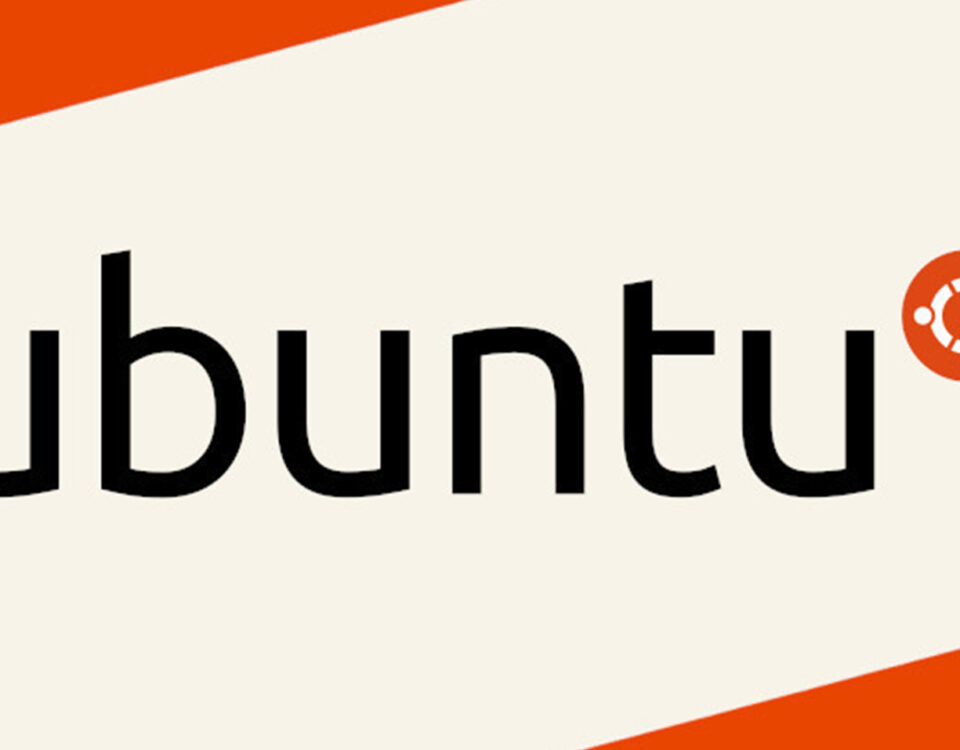What is Scala Programming Language?

Introduction Of Arduino
21st September 2021
What Is a CDN and How Does It Work?
23rd September 2021Scala is comparatively new to the programming scene but has become popular very quickly. Below statements with big names show the Scala popularity in the industry:
- If I had to select a language to use other than Java Programming Language, it would be Scala. – James Gosling, creator of Java
- If I would have seen ‘Programming in Scala’ book back in 2003, I’d probably have never created Groovy – James Strachan, creator of Groovy
- None other than Scala Programming can be seen as being ‘replacement of Java’, and the momentum behind Scala is now unquestionable – Charles Nutter, co-creator of JRuby
Scala Programming is a general-purpose language that combines concepts of object-oriented and functional programming languages. It was developed to overcome the problems faced by other languages and can easily be integrated into existing code.
Scala Features
Some of the key characteristics of Scala Programming include:
- It is an object-oriented language that supports many traditional design patterns being inherited from existing programming languages.
- It supports functional programming that enables it to handle concurrency and distributed programming at the fundamental level.
- Scala design to run on a JVM platform that helps indirectly using Java libraries and other feature-rich APIs.
- Scala Programming is statically typed that prevents it from problems of dynamically typing.
- It is easy to implement into existing Java projects as Scala libraries can use within Java code.
- There is no need to declare variables in Scala as Scala compiler can infer most types of variables.
- Multiple traits designate for a class and then their interface and behaviour can combine.
- It supports first-class objects and anonymous functions.
Why Scala Is Popular?
One of the key reasons for Scala’s success is its close integration with Java. Scala source code design in a manner that its compiler can interpret Java classes, and can fully utilize Java libraries, frameworks, and tools. After compilation, Scala programs can run on Java virtual machines (JVM) and Android. For web-based development projects, Scala Programming can even compile to JavaScript.
However, Scala Programming is far beyond an alternative to Java. It is a more concise language that utilizes simple, easy-to-read syntax, and requires just a fraction of the lines of code when compared to a typical Java program. This makes Scala coding faster and provides easier testing.
Due to the above reasons, companies like Linkedin, Twitter, Coursera, Foursquare etc have ported the majority of their code bases to Scala Programming . Many open source projects like Apache Spark, Apache Kafka etc use Scala for their Core.
Scala vs. Java Different?
Here is where the real comparison lies. Although we have already mentioned some of these items, we’ll touch on these again for a more direct comparison.
- Java is an object-oriented, general-purpose programming language, and Scala is a mixture of functional programming, statistically typed, and object-oriented languages
- Functions are Java objects, while in Scala, functions are variables
- Java requires several code lines for running routine tasks, while Scala reduces it to brief, concise code. The code written in Scala takes half the number of lines as Java
- Java supports backward compatibility, while Scala doesn’t
- Java is easier to learn than Scala, the latter has a steeper learning curve, and its syntax is more complex
- Scala has a “lazy evaluation” feature that allows the programmer to defer time-consuming computations until they’re needed, using the keyword “lazy.” Java has no such option
- Scala support operator overloading, Java does not





